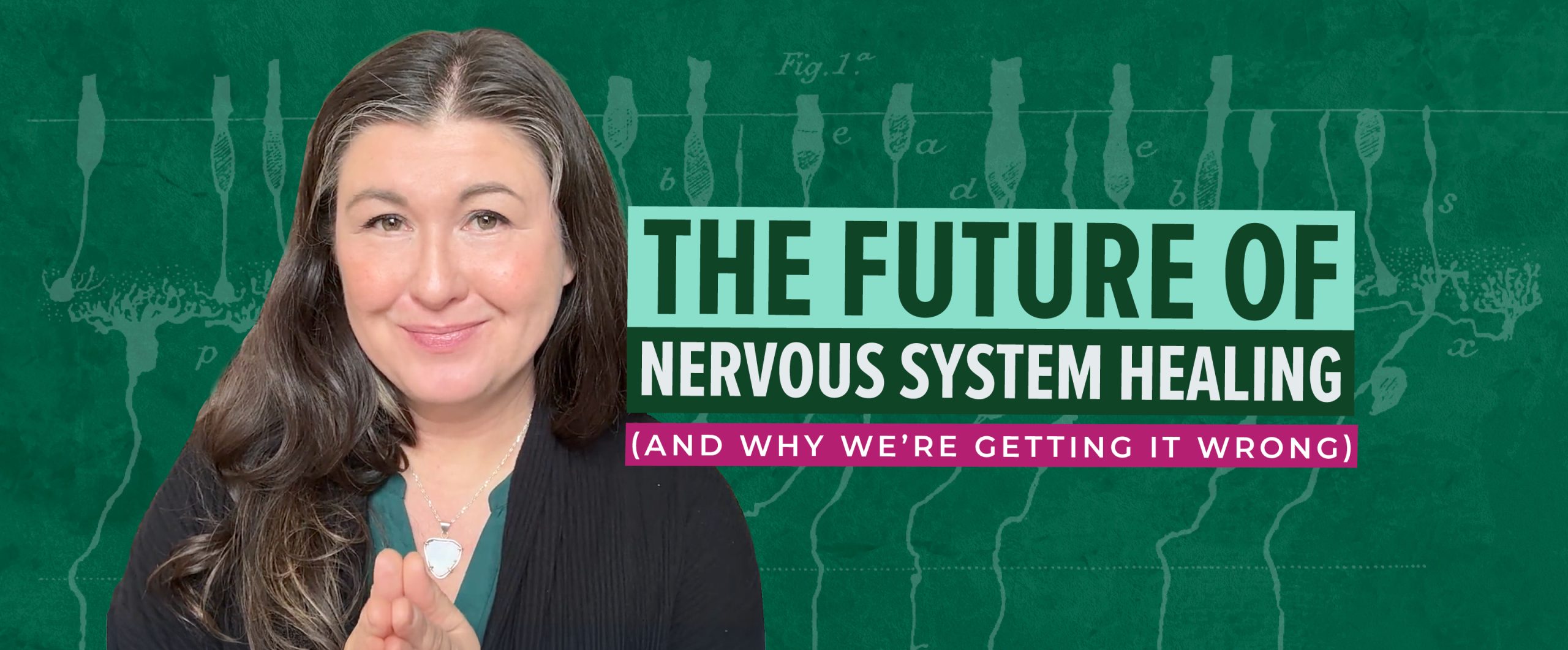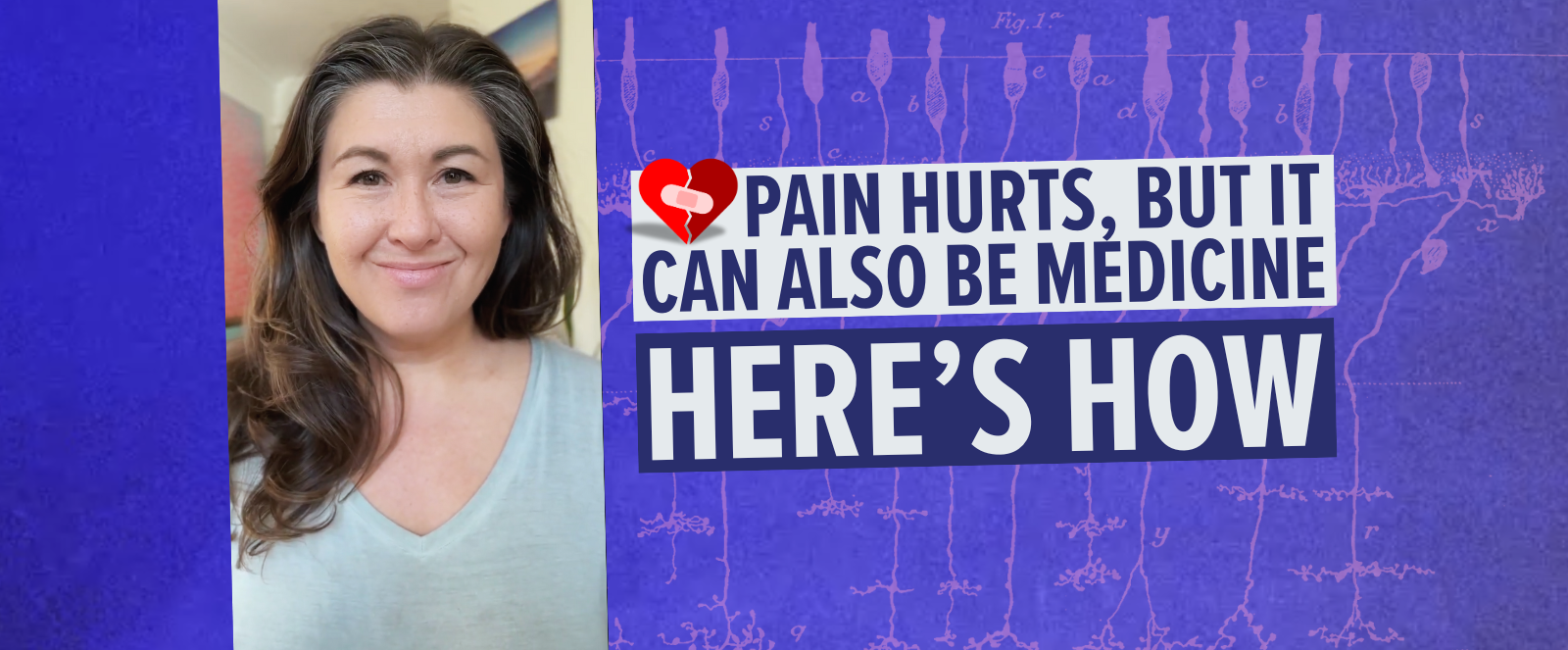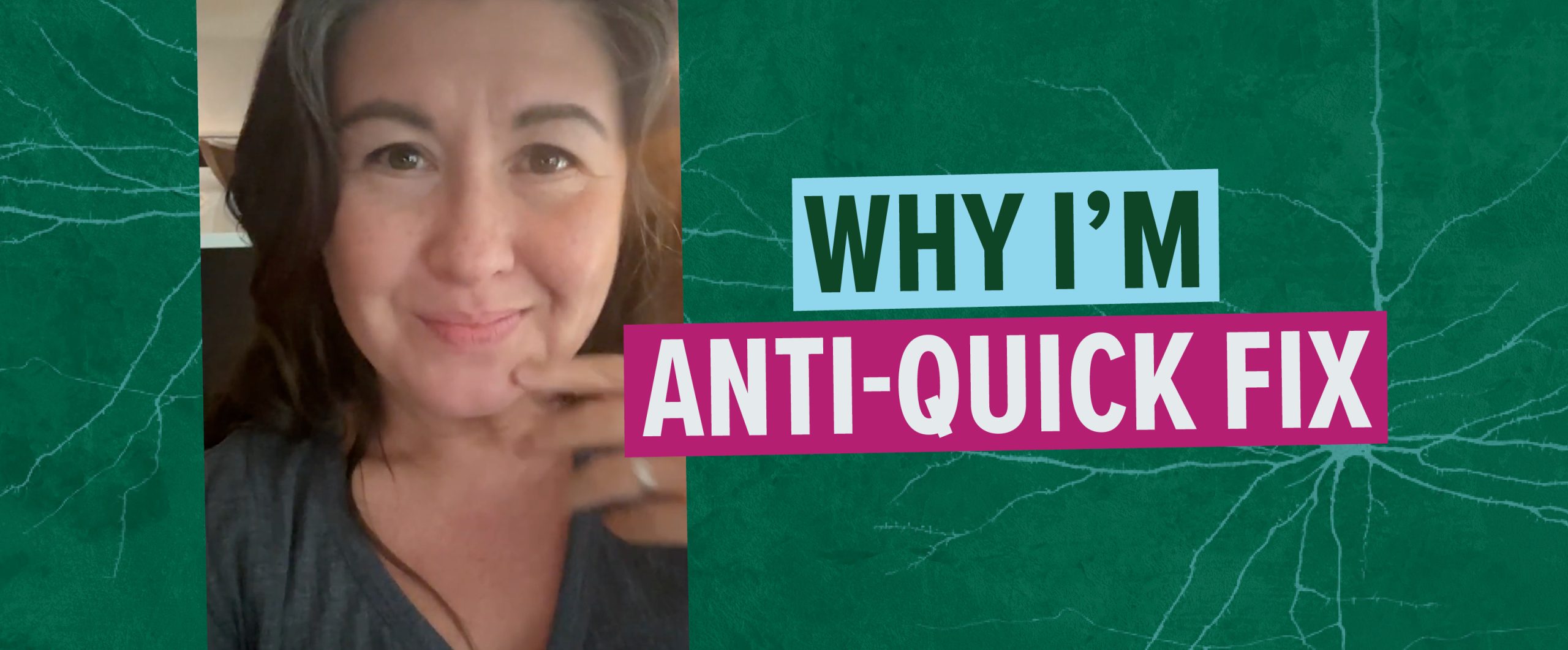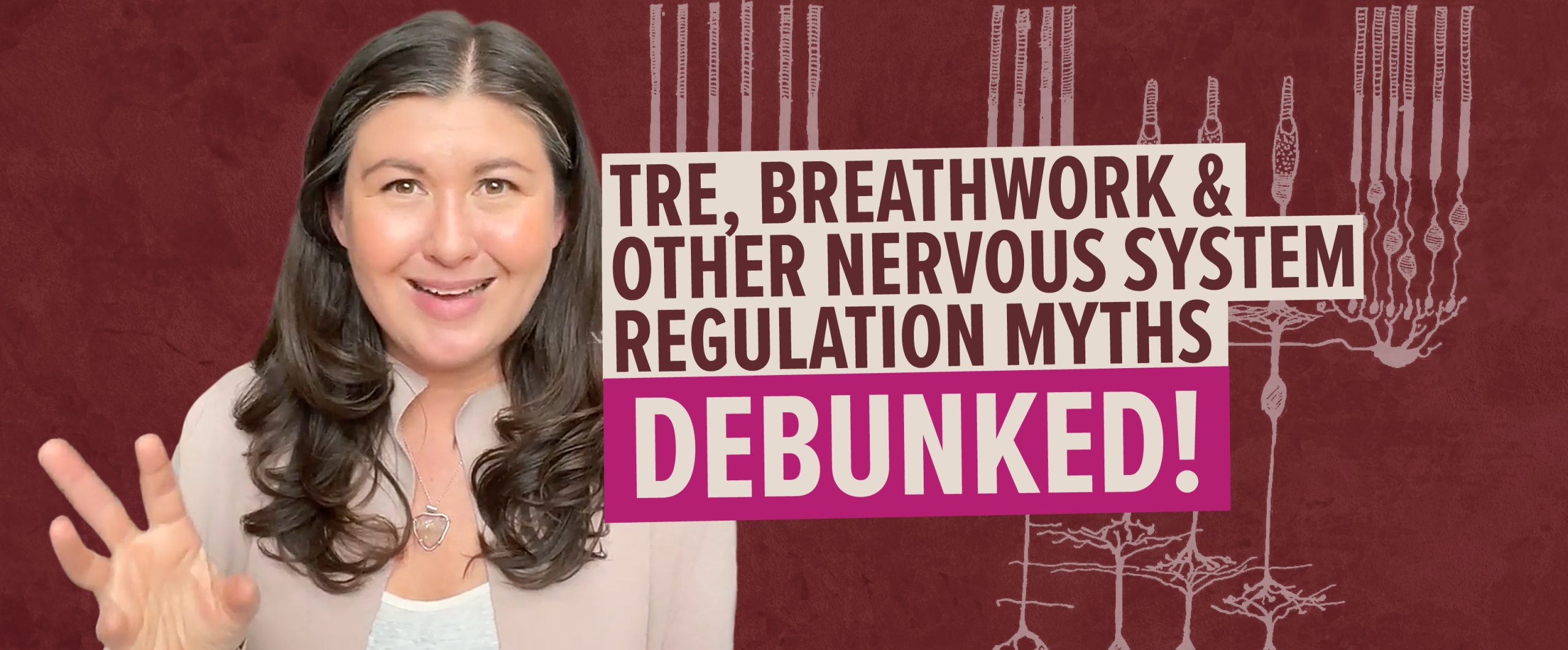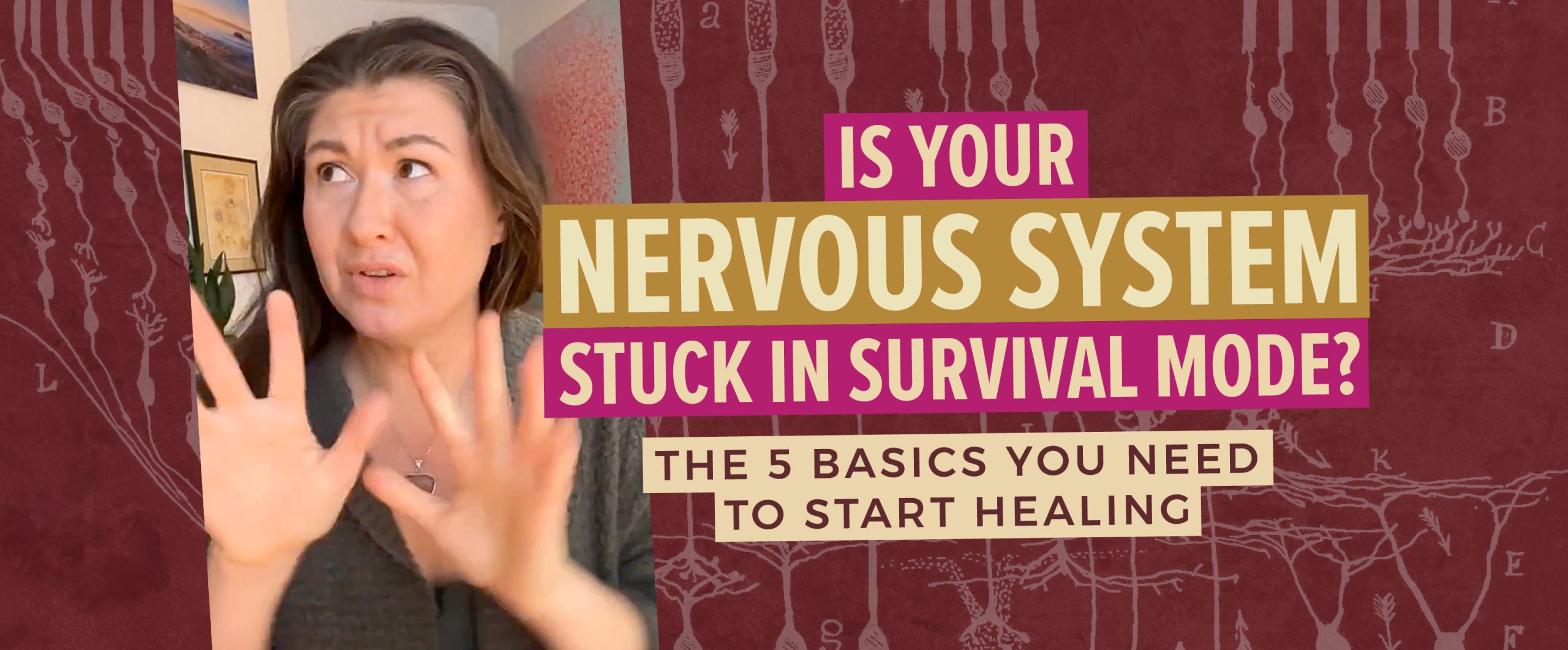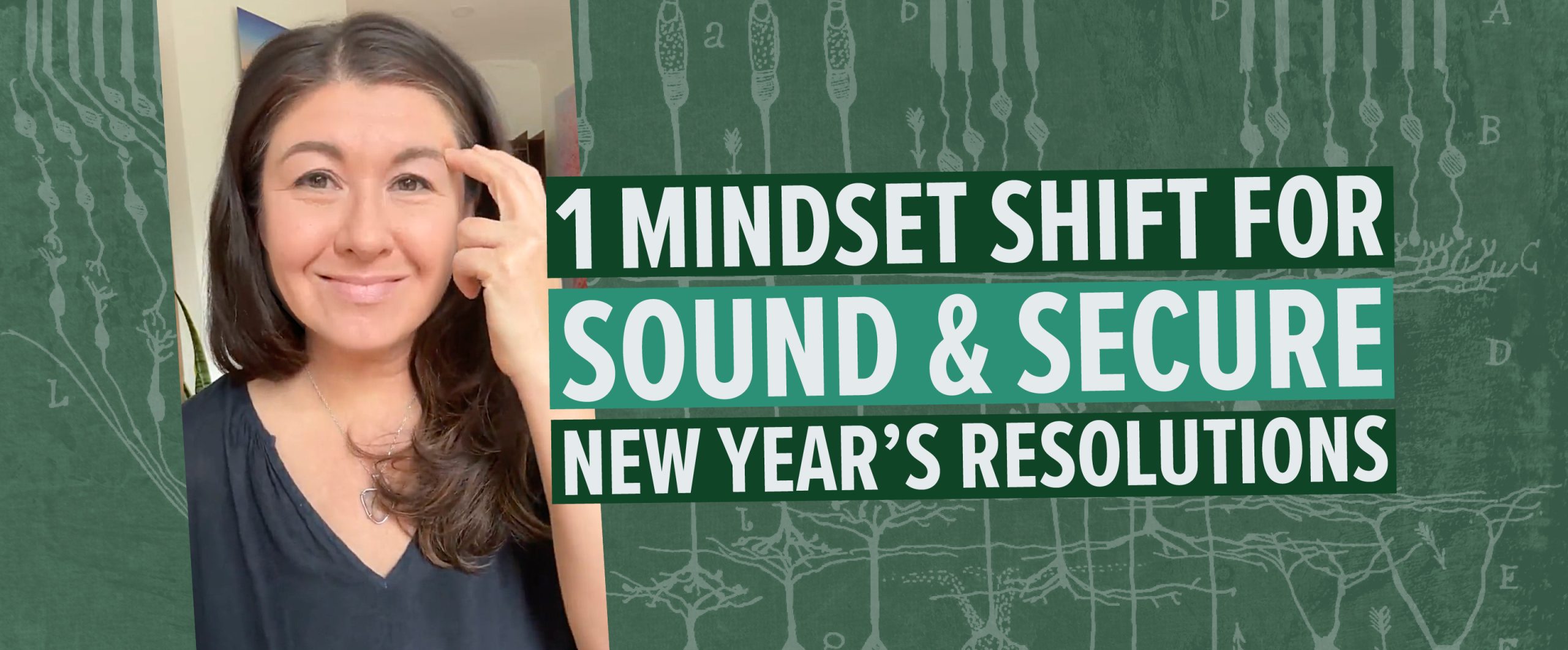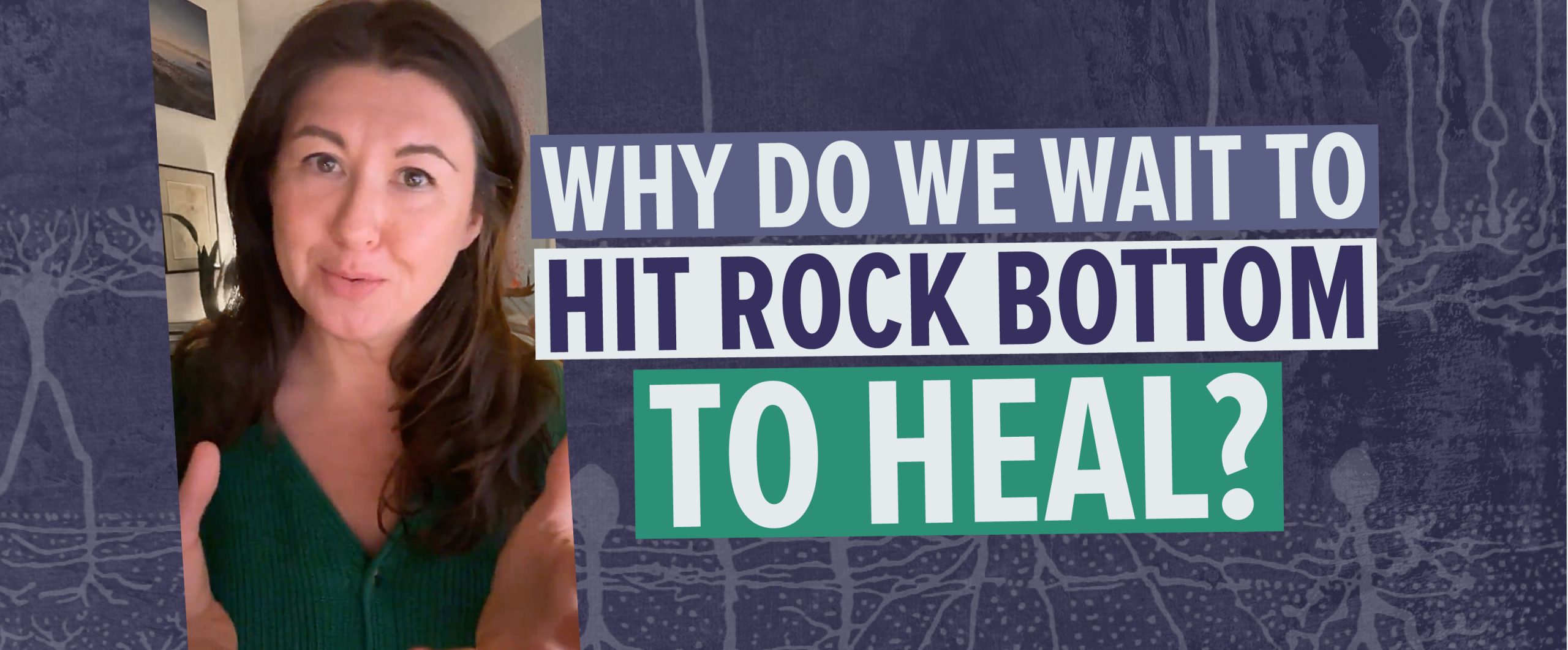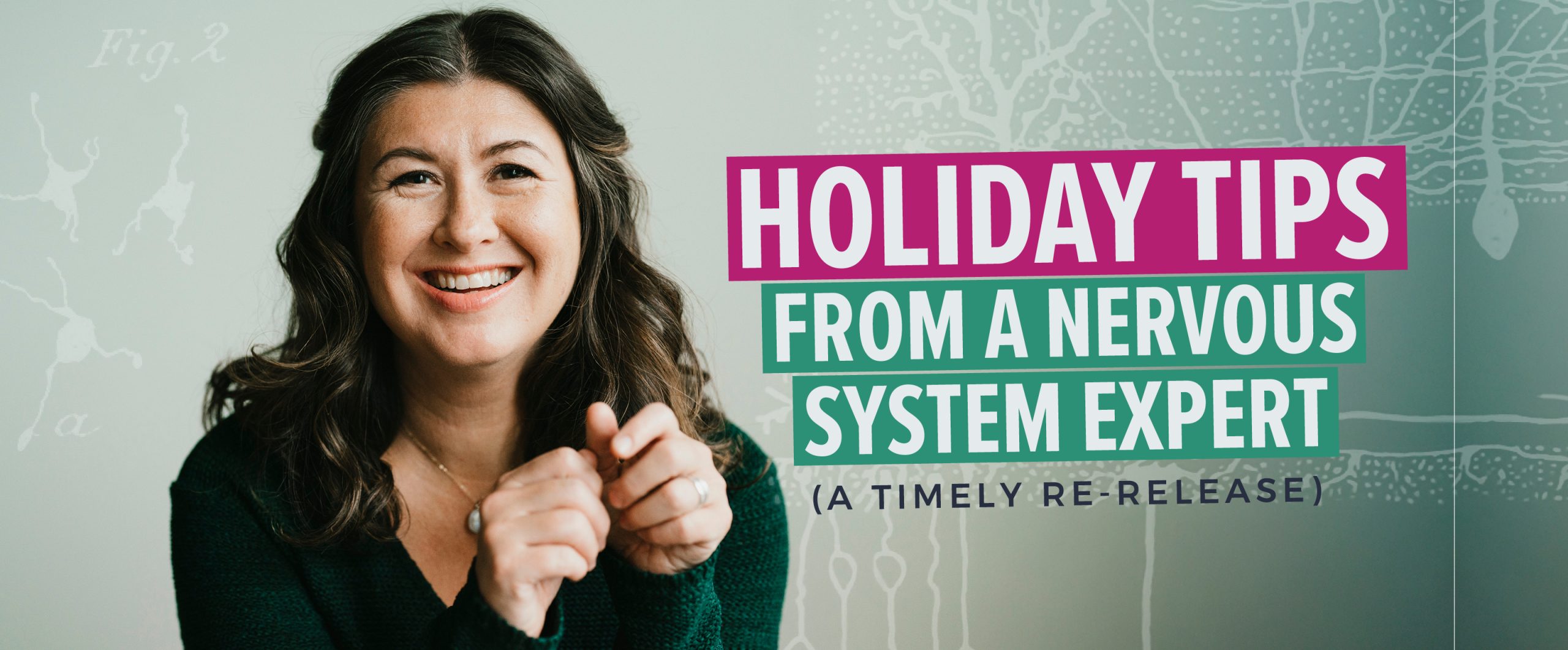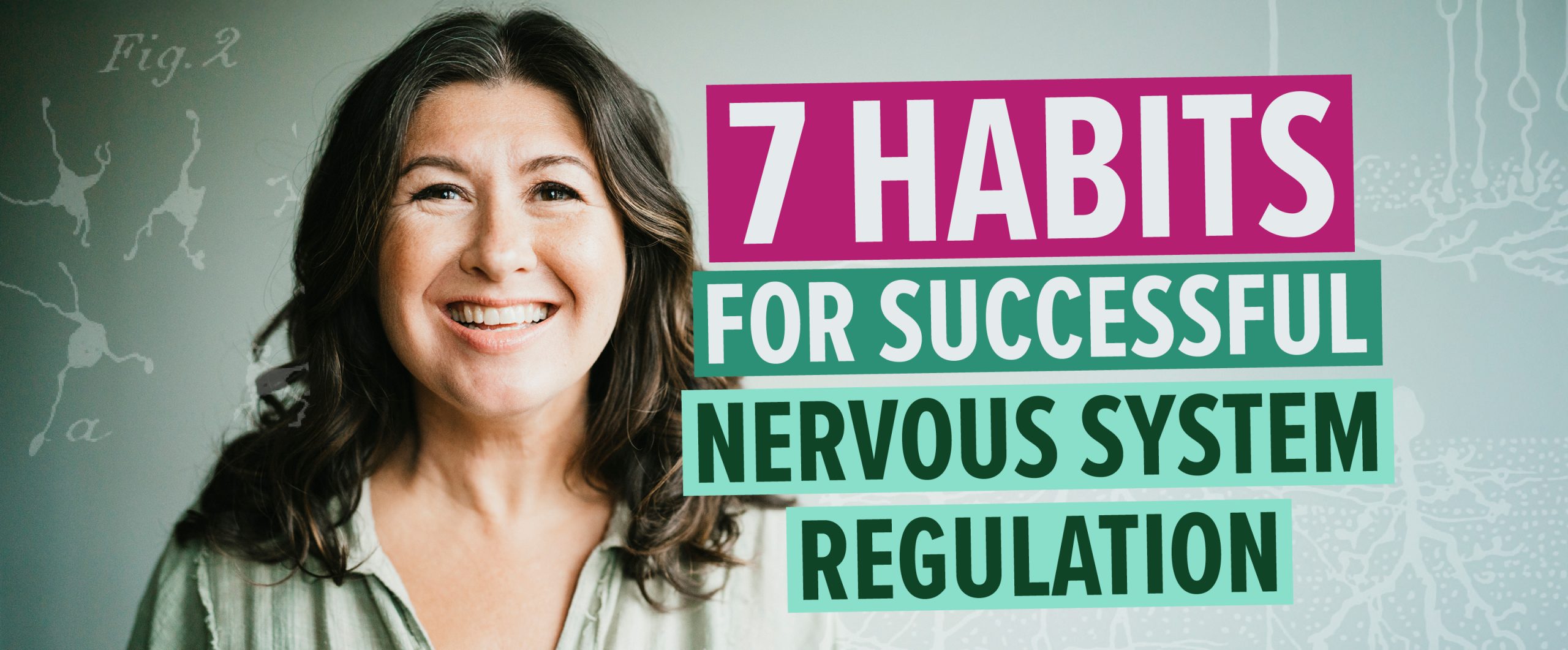This is the beginning of a series that I am plugging away at titled “Creating Your Own Personal Instruction Manual” . The breadcrumb trail to go with these series of post are here (“what stands between you & that more effortless version of you”) & here (“reverse engineer your health: become your own best curator”).
I use to work in the fitness industry as a personal trainer.
I’d write out exercise programs for people so they could get fit and healthy. I’d guess that maybe 1 out of every 20 actually got healthy and fit from this kind of model. They might follow their ‘prescribed’ routine for a few weeks, but then their cards would be left untouched and neatly arranged by their last name in a holding receptacle of some sort. Then I’d bump these folk on the street or in line at Starbucks and they’d immediately apologize for not coming into the gym.
Sadly, they were apologizing to the wrong person.
There are too many reasons to explain why this model rarely works.
I’d like to propose a different kind of model. Here it is:
I (now) realize that it would’ve been far better to just be there for them. An aid if you will. Then, on a day-to-day basis, they’d have to “show up” and be physically, mentally and emotionally interested in learning something new. I’d have them curate their own fitness & health regimen based on what they had the energy for, the time they had, how their body felt that day etc.
You may say,
“Oh, but that happens, some people have personal trainer’s”. (if you use the fitness analogy).
And this is true. A personal trainer is someone you meet with consistently so that you stay in a good routine, so that you get your exercise and stay healthy. Sure. Maybe. But there are two problems with this model. One is that not everyone can afford the big bucks to pay out everytime they want to sweat for an hour, and two, you never actually ‘learn’ to take initiative on your own.
Then there’s a whole subset of drawbacks that tag onto this. Such as, you meet by appointment in a regimented way, often the incentive to show up is because you’ve already pre-paid (money-guilt), or if you don’t show up you lose your money (more money-guilt). Someone else is expecting you (letting-another-fellow-human-down-guilt). And even if get away with guilt-free and you pull off some amazing marathon run-time, stave off heart disease and get some nicely sculpted muscles by being regimented for years in this manner, the moment you don’t have a scheduled appointment, or money isn’t at risk, or you aren’t being expected, or if it isn’t “MWF morning from 7:30-8:30”, you really have no clue what to do with yourself and then slowly all your efforts reverse (the run-time increases, your risk of heart attack increases, your fat-pinching tests increase). Then the guilt really sets in. You haven’t created a means to find your own internal resource for personal motivation and creativity when it comes to your healthcare.
Enter becoming your own (health) curator and creating some new instructions for you.
These ideas of “becoming your own curator” and “creating some new instructions for you” came out of a few books that were a little sideways from my usual reads. One was on the ecology of commerce, the other on the importance of ‘time and responsibility’. To my pleasant surprise, both reads were more ‘self-help’ related – at least for myself – that most books that call themselves self-help books. Then I started to ask myself the question:
“What actually is self-help & health?”
I continually mine away at this question, and with each year in my life I get a clearer picture of what good self-help (and health) is for me. FOR ME.
My first real passion and curiosity towards this question – as well as what keeps someone from discovering personal self-help and being internally motivated to do so – was when I wasn’t in good health about 14 years ago. I’ve learned oodles since then. Still am learning. Will continue to do so. But I had to ask the question to myself first. Then, when I got a few answers that helped me, I moved one piece on the checker board up by one row. Then with the next answer, another row. And so on.
The key has been (for me) keeping the checkers on the board and moving them forward, or sometimes keeping them in one place for while and being OK with that, rather than having them snatched up by the many opponents that float around waiting to win me over.
You see, I divulge this tiny piece of my own path because before I can become the type of ‘healer’ I want to be – in other words, not the fixer, but merely the catalyst so a person can become their own medicine – the person, the individual in question, YOU must first be interested in asking yourself the same question “What actually is self-help & health (for me)?”
Maybe ask yourself that question for today.
Just today. Not tomorrow. Not what you’d like to be like next year or when you are 50 or 80, but TODAY.
I’m not saying that aspiring towards what you may want things to look like in the future is bad health etiquette, but from what I’ve discovered (and witnessed in many) is that overdoing it with goal setting and various checklists waiting to be ticked off can hi-jack the present moment. More time ends up going towards planning the perfect future as opposed to living a little better today. (remember the checker analogy – just one piece forward).
I’ll ask again: What is one thing you could do today that resembles creating – or curating as I’d like to term it – one new instruction for you and your self-help and health?
Happy curating, Irene.

